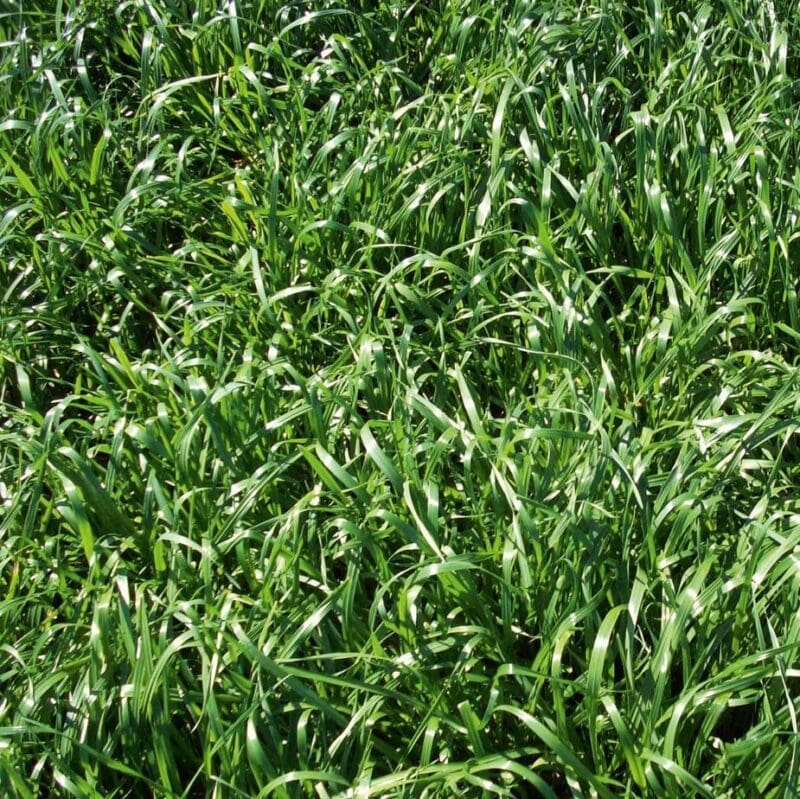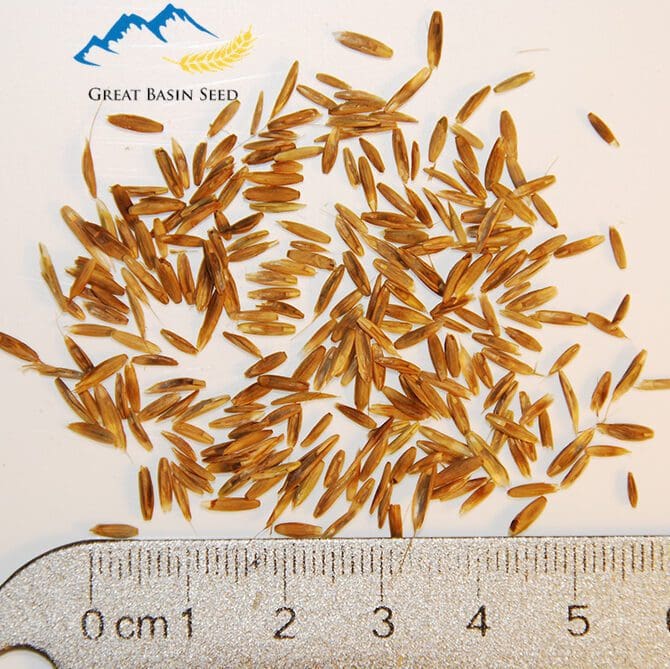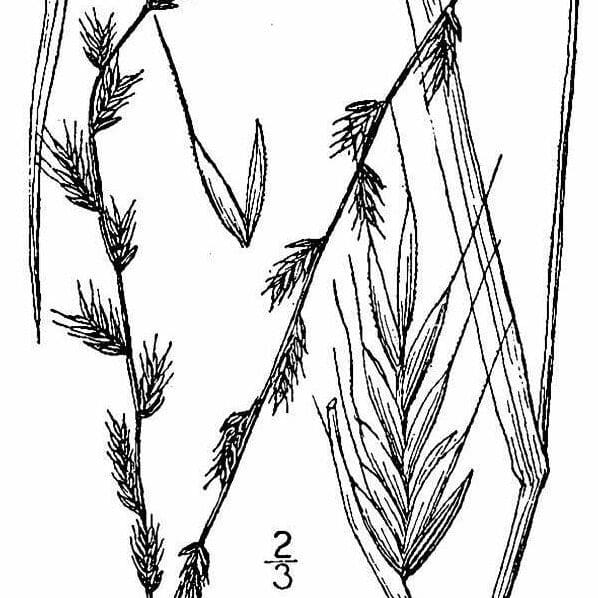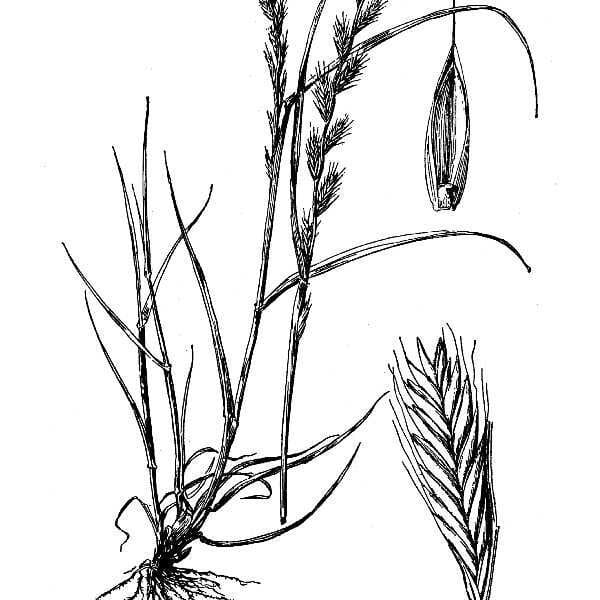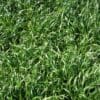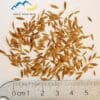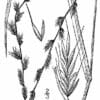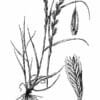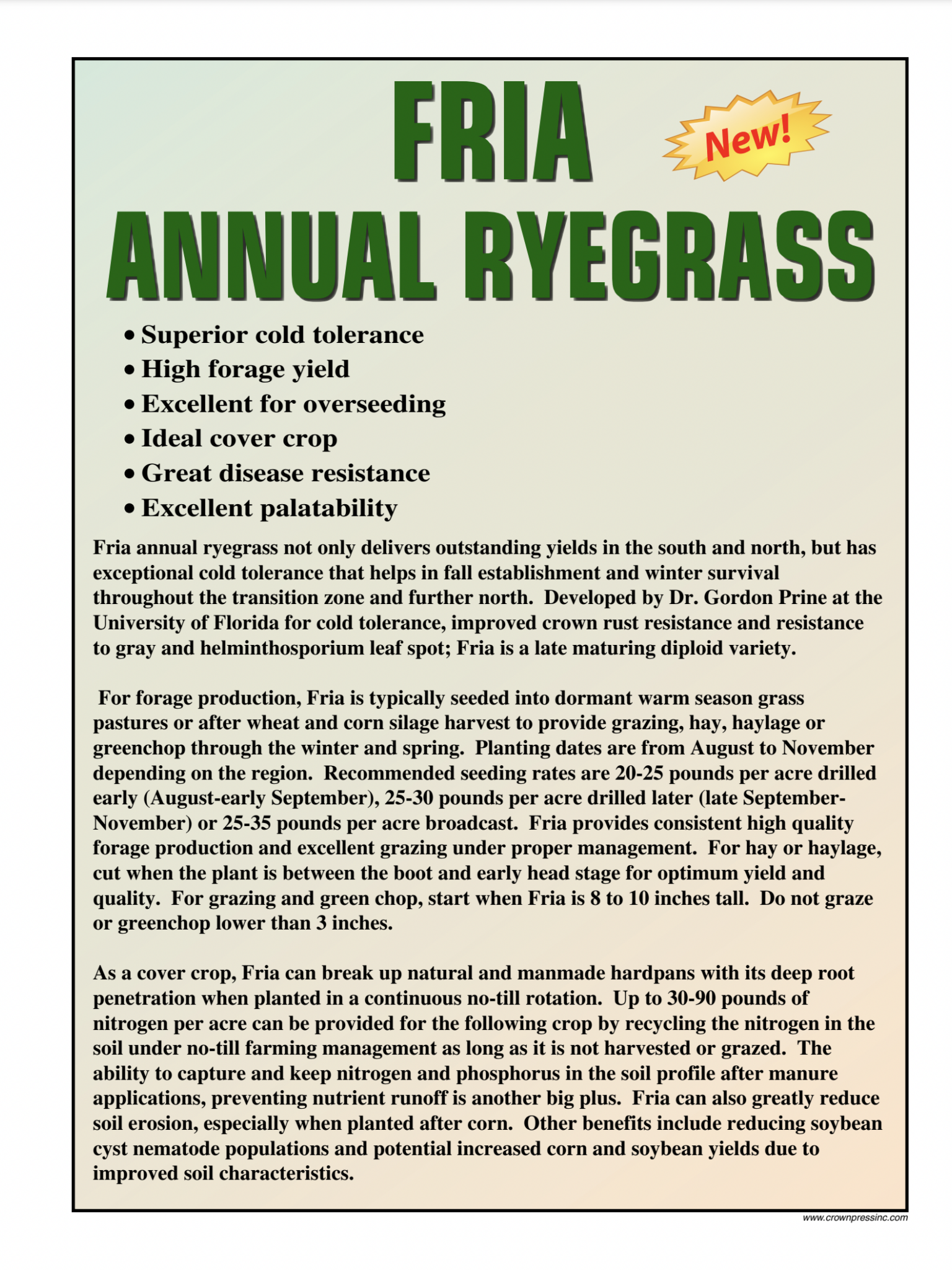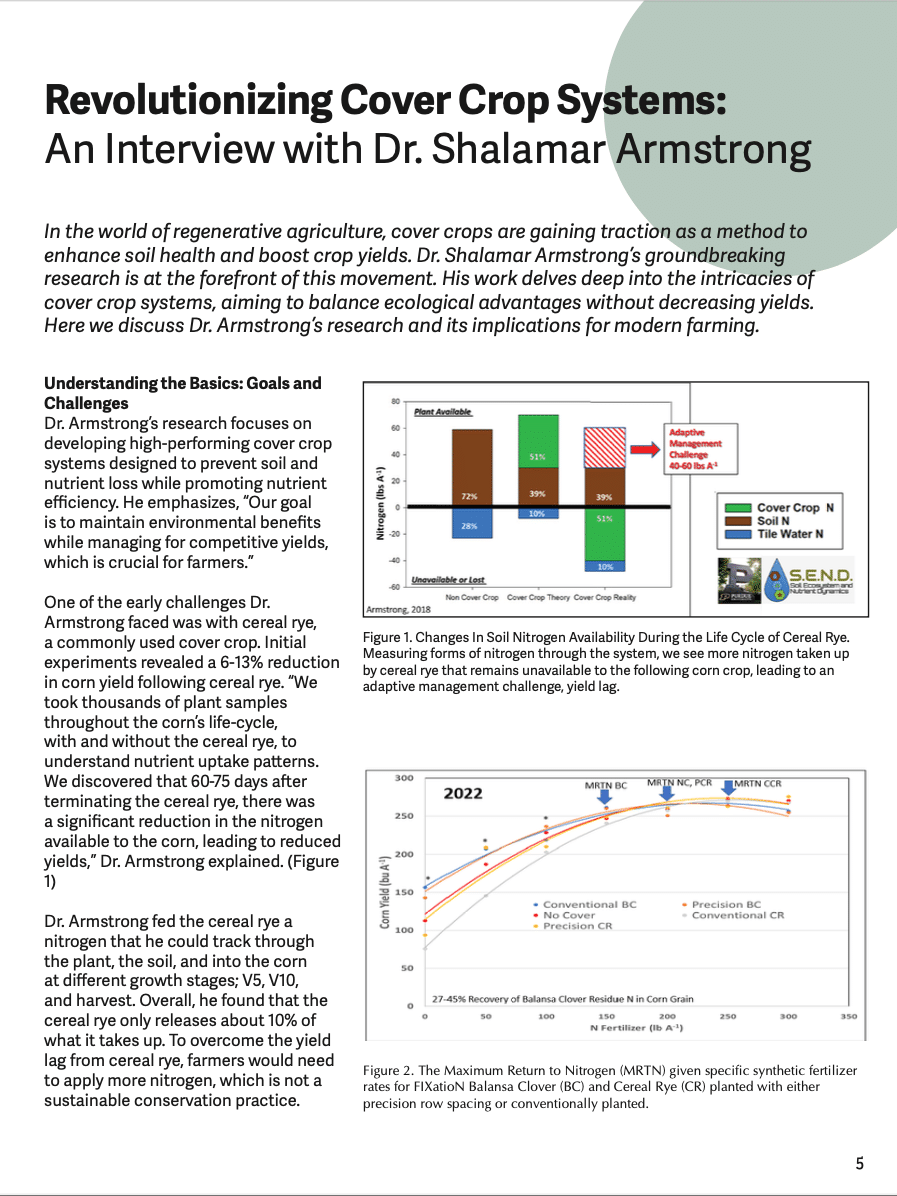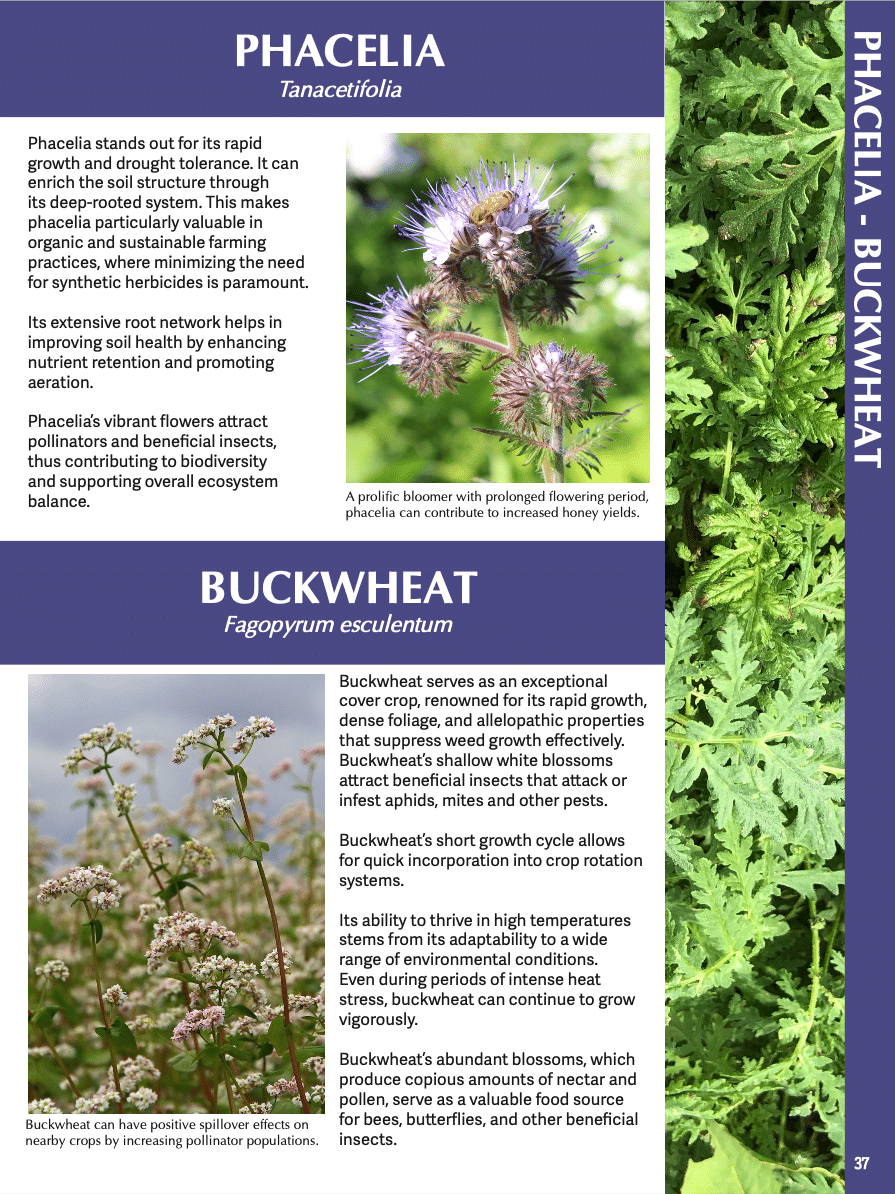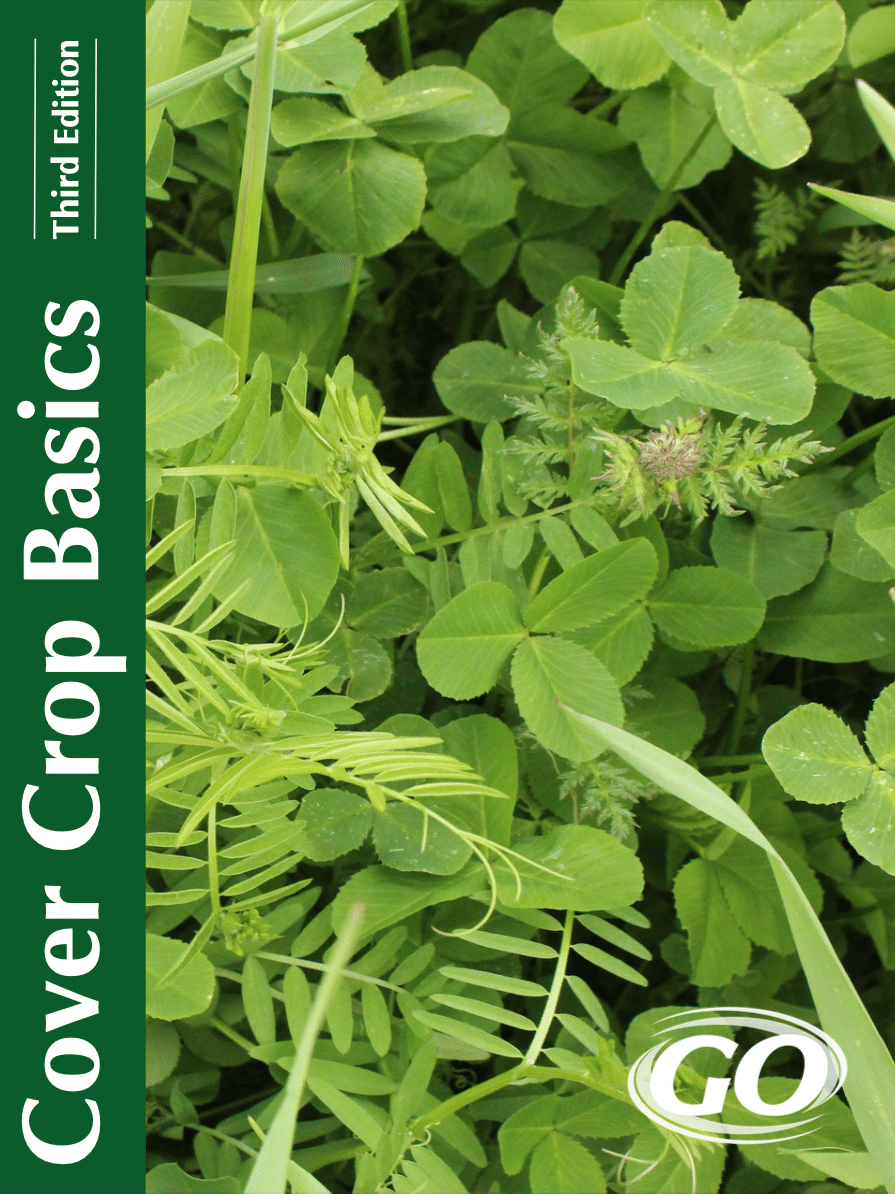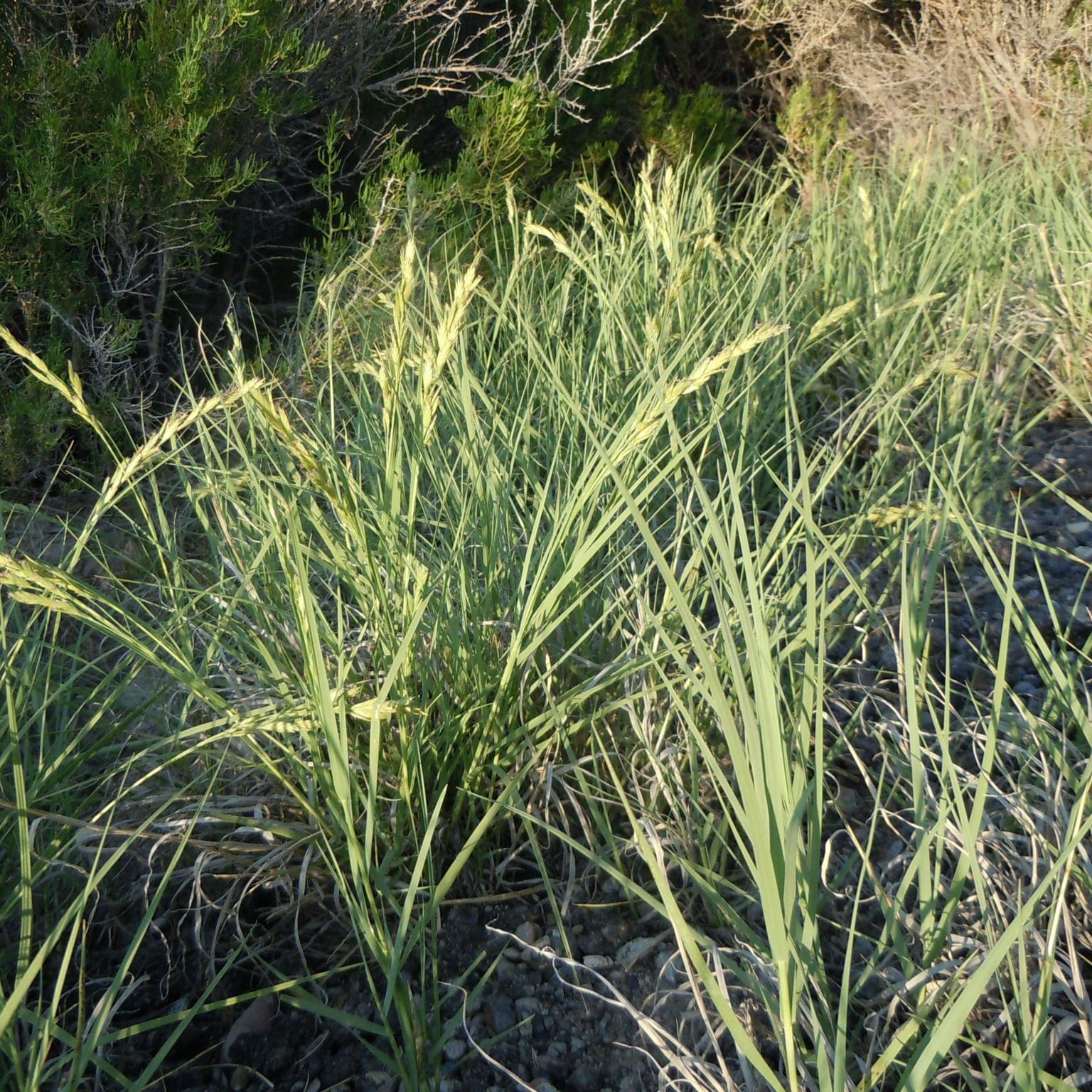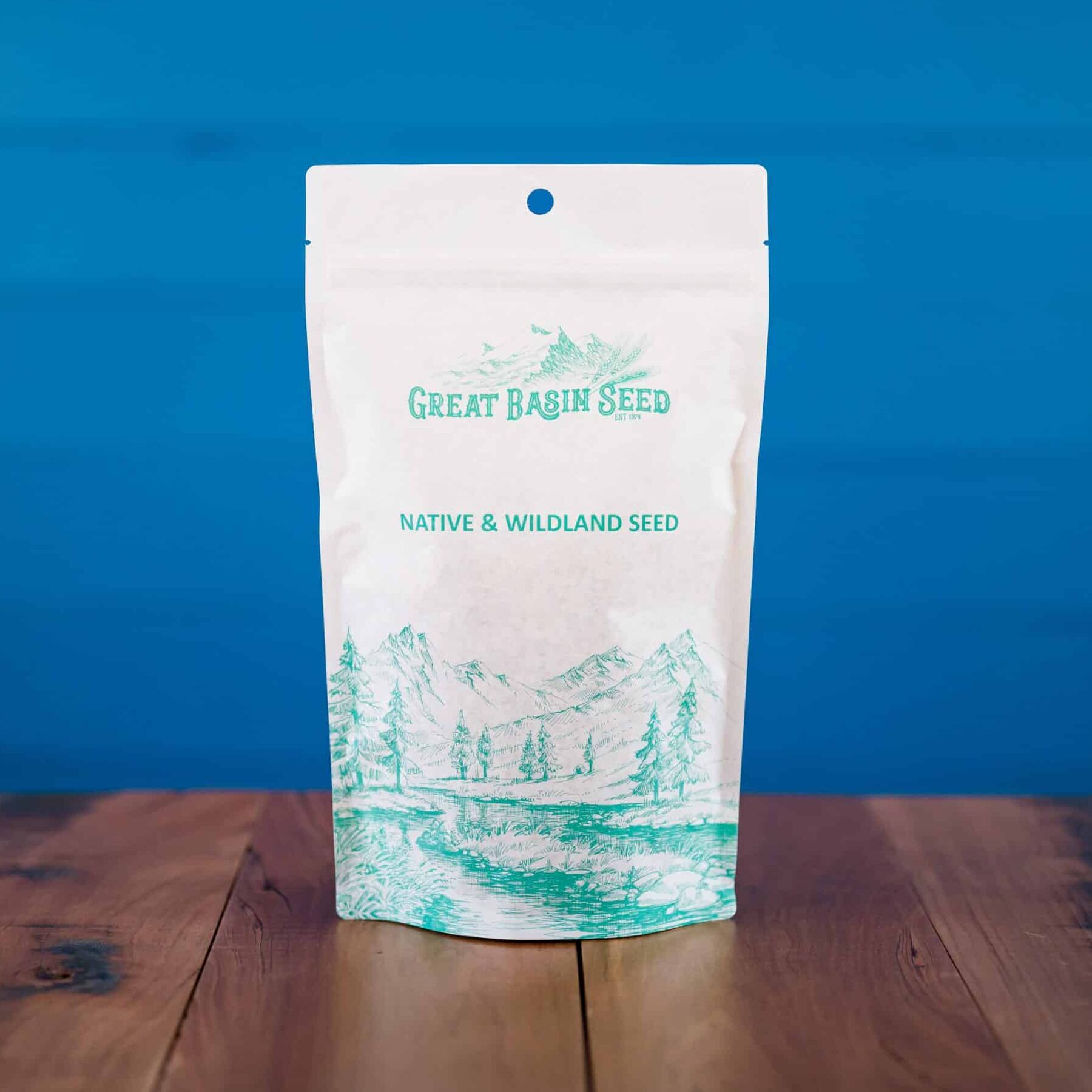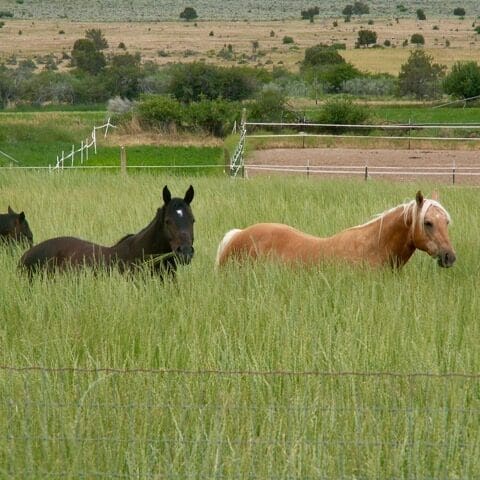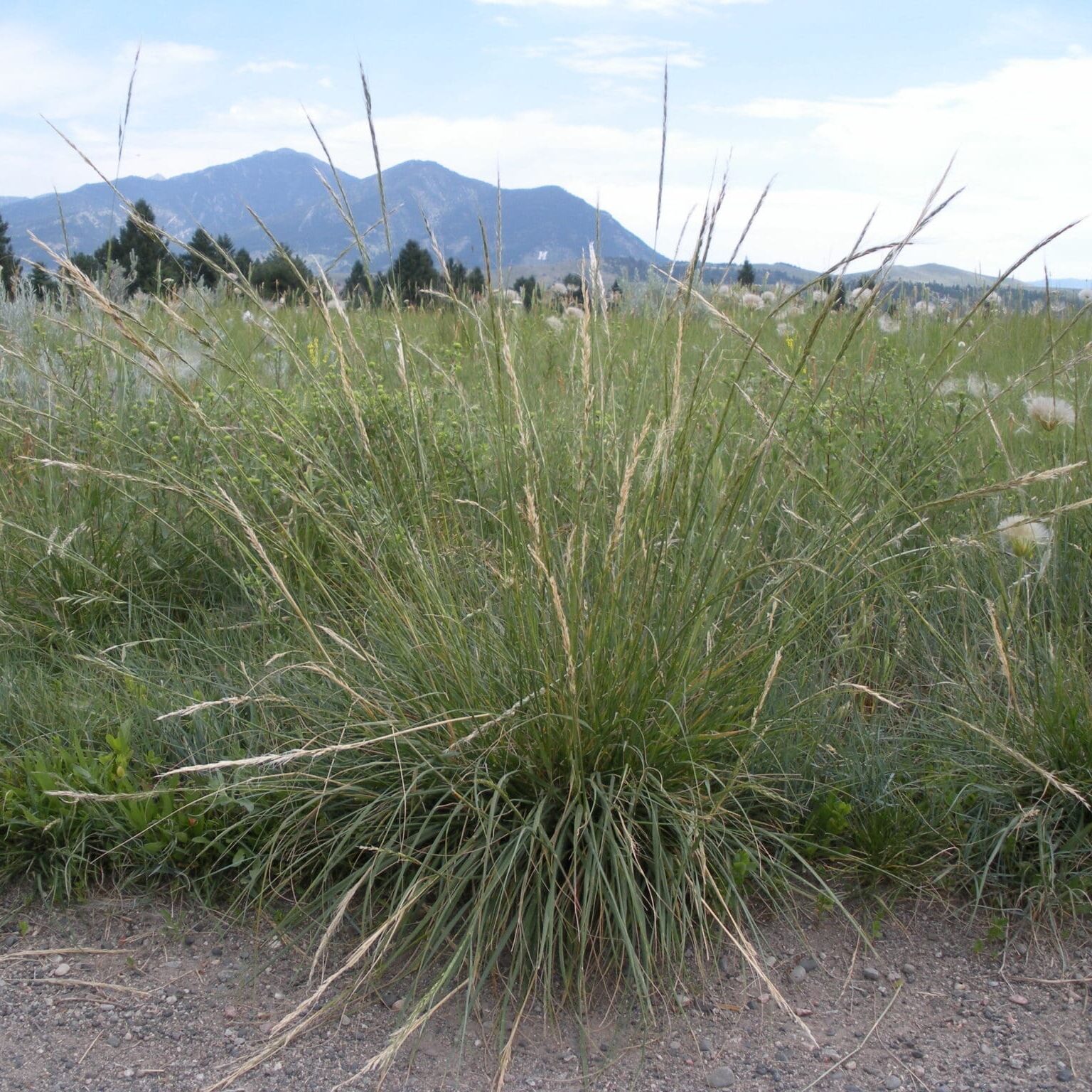Fria Annual Ryegrass
- Superior cold tolerance
- High forage yield
- Excellent for overseeding
- Ideal cover crop
- Great disease resistance
- Excellent palatability
- Available in 25 pound increments
3300 in stock
Min. to Max. Annual Precipitation
48in.
Average Max. Height
Fria annual ryegrass delivers outstanding yields and exceptional cold tolerance. Fria (means “cold” in spanish) provides consistent high quality forage production and excellent grazing under proper management. Breaks up compact soil. Annual Ryegrass is used primarily for fast forage production or quick cover in erosion control plantings. It is easy to establish and widely adapted. An excellent choice for broadcast inter-seeding into existing stands. A fast and inexpensive way to temporarily boost the forage or grazing production on a stand. Also produces excellent hay as a stand-alone item.
Fria annual ryegrass (Lolium perenne multiform, Lolium multiflorum) delivers outstanding yields in the south and north and has exceptional cold tolerance that helps in fall establishment and winter survival throughout the transition zone and further north. Developed by Dr. Gordon Prine at the University of Florida for cold tolerance, improved crown rust resistance and resistance to gray and helminthosporium leaf spot; Fria is a late maturing diploid variety.
For forage production, Fria annual ryegrass is typically seeded into dormant warm season grass pastures or after wheat and corn silage harvest to provide grazing, hay, haylage or greenchop through the winter and spring. Planting dates are from August to November depending on the region.
Recommended seeding rates are 20-25 pounds per acre drilled early (August-early September), 25-30 pounds per acre drilled later (late September-November) or 25-35 pounds per acre broadcast. Fria provides consistent high quality forage production and excellent grazing under proper management. For hay or haylage, cut when the plant is between the boot and early head stage for optimum yield and quality. For grazing and green chop, start when Fria is 8 to 10 inches tall. Do not graze or greenchop lower than 3 inches.
As a cover crop, Fria annual ryegrass (Lolium perenne multiform) can break up natural and manmade hardpans with its deep root penetration when planted in a continuous no-till rotation. Up to 30-90 pounds of nitrogen per acre can be provided for the following crop by recycling the nitrogen in the soil under no-till farming management as long as it is not harvested or grazed. The ability to capture and keep nitrogen and phosphorus in the soil profile after manure applications, preventing nutrient runoff is another big plus. Fria can also greatly reduce soil erosion, especially when planted after corn. Other benefits include reducing soybean cyst nematode populations and potential increased corn and soybean yields due to improved soil characteristics.
- Ranked 5 out of 26 – 2005-2006 two year average at Sand Mountain Research & Extension Center, Crossville, Alabama
- Ranked #14 out of 40 (no significant difference in yield from top variety) – 2005-2006 MSU Trial Starkville, Mississippi
- Ranked #2 out of 17 – 2009-2010 University of Tennessee Trial at Greeneville Research & Education Center, Greeneville, Tennessee
- Ranked #11 out of 17 (no significant difference in yield from top variety) – 2009-2010 University of Tennessee Trial at East Tennessee
- Research & Education Center, Knoxville, Tennessee
- Ranked #1 out of 10 – 2009 University of Wisconsin Trial at Spooner Agricultural Research Station, Spooner, Wisconsin
- Ranked #14 out of 34 (no significant difference in yield from top variety) – 2005-2006 University of Nebraska Trial Scottsbluff
Annual Ryegrass (Lolium perenne multiform) is used primarily for fast forage production or quick cover in erosion control plantings. Millions of acres are planted in annual ryegrass every year in the united states. It is easy to establish. It is quite similar to Perennial Ryegrass except it is an annual (or biennial depending on the climate and/or length of the growing season). It is widely adapted but thrives in dark, rich soils and mild climates. Owing to it’s shallow seeding depth and rapid establishment, annual ryegrass is an excellent choice for broadcast inter-seeding into existing stands. It is a fast and inexpensive way to temporarily boost the forage or grazing production on a stand. It also produces excellent hay as a stand-alone item.
Our annual ryegrass exhibits rapid establishment, improved seedling vigor, and tillering. It was selected for quick regrowth after cutting and high forage yields. Annual ryegrass is ideally suited for managed, intensive grazing operations and has shown to have excellent resistance to foliar diseases that can impact forage quality and persistence, such as rust and ryegrass blast. As a variety it demonstrates improved cold tolerance, improved rust tolerance, excellent seedling vigor, and quick establishment. It is high-yielding and is excellent for grazing with excellent digestibility.
Synonyms: Lolium multiflorum
| Seeding Rate as a stand alone item (per acre) | 30-40 lbs. |
| Seeding Rate in a Mix (per acre) | 10-30 lbs. |
| Seeding Depth | 1/8 - 1/2 in |
| Days to Germinate | 5-7 |
| Average Seeds per lb. | 160,000 |
| Ease of Establishment | Excellent |
| Life Cycle | Annual |
| Forage Yield | Excellent |
| Forage Quality | Excellent |
| Maturity | Medium (mid-summer) |
| Persistence | Excellent |
| Palatability | Excellent |
| Growth Habit | Bunch |
| Drought Tolerance | Good |
| Moisture Tolerance | Good |
| Hay | Excellent |
| Silage | Excellent |
| Pasture | Excellent |
| Growth | Spring-Winter |
***Click on the “Quick Plant Facts” tab above for more information.
Fria Annual Ryegrass Tech Sheet
Fria Annual Ryegrass Tech Sheet
PDF version of Plant Brochure
Prepared By: Allied Seed, LLC & Farm Science Genetics
Cover Crop Basics
An informative, authoritative guide to cover crops. Very comprehensive, and covers all geographic regions of the USA. Published by GO Seed.
Who is Great Basin Seed?
Great Basin Seed is a seed company that specializes in seed sales and consultation for home, ranch, farm, range and reclamation. We have been a leader in the seed industry since 1974.
Our History
We've been in the seed business since 1974.
What We Offer
We offer seed for home, farm, ranch, range and reclamation projects.
Meet the Gang
We have the best employees in the world! We are proud of the work they do, and trust them to serve you!
Right: Company founder Lloyd and his wife Paula Stevens in a wildflower seed production field circa 1977
Helpful Links
Additional information about this product can be found on the academic websites linked below.
Synonyms
Many plants have more than one common and scientific name. We've listed a few of them below.
- Fria Annual Ryegrass
- Lolium perenne multiflorum
Quick Plant Facts
| Root Form | Annual |
|---|---|
| Min. Precipitation | 10 Inches Minimum |
| Best SowingTime | 8-16 PLS Pounds per Are |
| Sowing Rate | 8-16 PLS lbs. per Acre |
| Seed Count | 200000 |
| Plant PDF File | lope.pdf |
| Growth Height: | |
| Plant Type: | |
| Origin: | |
| Lifespan: | |
| Best Time to Sow: | |
| Common Name: | Annual Ryegrass, Italian Ryegrass |
| Scientific Name: | |
| Old Scientific Name: | |
| Growth Season: | |
| Sun & Shade Tolerance: | Intermediate |
| Elevation of Occurance: | |
| pH Tolerance: |
